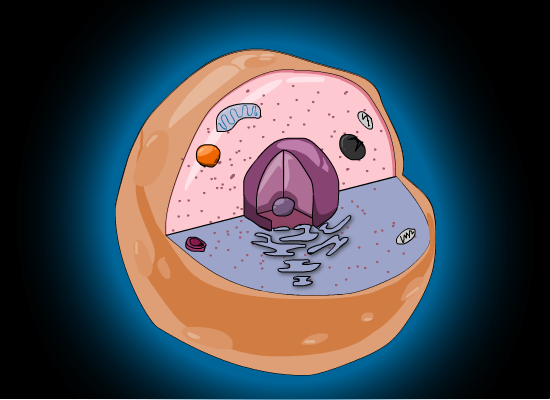MSU’s Center for Mitochondrial Science and Medicine funded modest research into TSPO, which recently turned out to be an important brain protein. The National Institutes of Health has now taken on much of the funding. So what’s this hot new discovery? A protein that has lead the psychiatric, medical and neuroscience communities to a new understanding of some of the most common brain disorders. Fei Li, MSU postdoctoral researcher and co-author of the university study, explains why a deeper understanding of this one protein is such a big breakthrough:
“One reason that TSPO’s function has been so hard to pin down is that many studies have been done in the complex and diverse environments of whole cells and tissues, where a clear-cut interpretation of the results is difficult,” said Fei Li, “We were able to obtain a pure protein that was still functional, but isolated from these complications.”
The team of researchers extracted TSPO proteins from bacteria instead of humans, but the protein is nearly identical. The scientists hope to be able to gather enough of TSPO from humans to take this research to the next level with increased funding.
“When we compared the two forms of TSPO, normal and mutated, we were able to see substantial differences in structure,” Shelagh Ferguson-Miller, University Distinguished Professor of biochemistry and molecular biology, said. “This could be a clue as to why the human mutant form has an association with anxiety disorders.”
This is a noteworthy occurrence in the world of physiology and neurobiology because of the many implications. For instance: one of the protein samples identified contained a mutant TSPO formation, important because bipolar disease is often associated with a higher probability this particular mutation. The mutant structure is too ridged to bind as successfully with cholesterol, leading to statistically poor cholesterol functionality.
Cholesterol problems of this nature can lead to a problem with steroid hormones. Without a regulated amount of cholesterol, steroids hormones in turn aren’t created as reliably. TSPO plays a part in delivering cholesterol into it’s appropriate place in the mitochondria where it would normally be broken down and reassembled into hormones that deeply affect regular body function.
Ferguson-Miller and her team were able gain a closer look at the crystal structure of the protein by creating an x-ray image of TSPO able to zoom in to the molecular level. This new microscopic imaging technology gave the researchers an far superior understanding of the role TSPO plays in the creation of steroid hormones.
TSPO is also found in higher concentrations near regions of the body that have sustained heavy tissue damage. So, you may have seen some science headlines about a big breakthrough in treating anxiety and depression which could lead to treatments which treat the root cause, inflammation of key areas in the brain. Doctors without access to this equipment can still use the findings to better identify damaged areas of the brain now because they can look for TSPO concentrations in a lower resolution(and lower cost~!) image, like a PET scan.
These next-generation treatments could be years away, she added. This is partly due to TSPO was actually discovered in 1977 when scientists were studying the anxiety-controlling quality of Valium. The TSPO protein was deemed “a peripheral binding site” by most studies and never pursued by big pharmaceutical companies as an economically viable way to sell new medications.
“Many other scientists have studied this protein, but what exactly it is doing has been very difficult to determine,” said Ferguson-Miller. “Drugs and other compounds bind to TSPO, but without knowing the structure, their effects are hard to interpret. Now that we’ve obtained the structure, it could provide important clues regarding anxiety disorders and the basis for a new generation of anti-anxiety drugs.”
So, Michigan State University published a great study about the crystal structure of, TSPO, a protein long associated with several kinds of anxiety problems without ever having been fully understood before now. It will be vastly less difficult to design drugs that bind to the protein in various ways now that we can see close enough to identify the shape of the complicated molecule.
Currently popular anti-anxiety, or anti-depressant drugs are taken by one in ten Americans and often have dangerous side-effects including, suicide, addiction and overdose.
|
Jonathan Howard
Jonathan is a freelance writer living in Brooklyn, NY |



